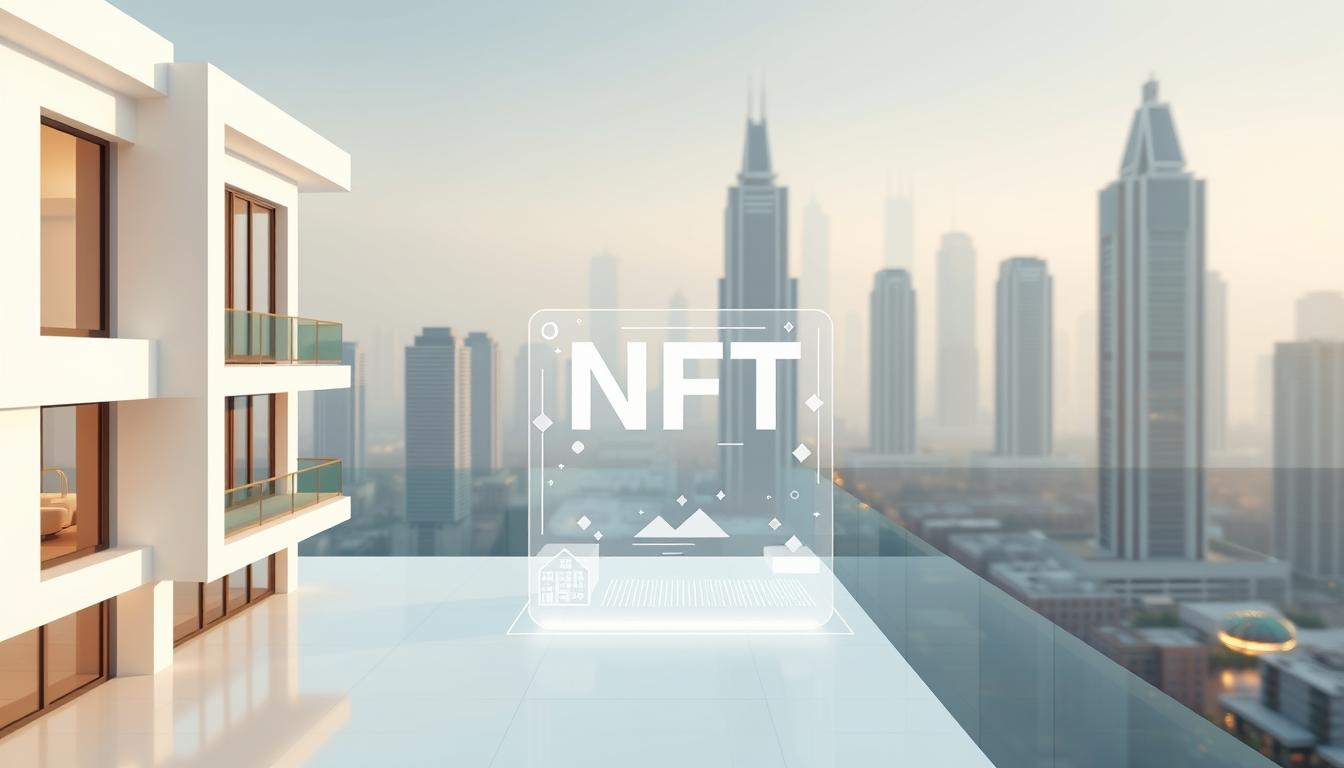Now Reading: Cryptocurrency lending platforms passive income opportunities and risks explained
- 01
Cryptocurrency lending platforms passive income opportunities and risks explained
Cryptocurrency lending platforms passive income opportunities and risks explained

The digital asset market has expanded beyond basic trading, introducing tools that let users grow holdings without daily management. These systems connect borrowers with lenders, creating new avenues for wealth generation in volatile environments. Recent data shows institutions like XBTO operate under strict oversight, such as Bermuda’s Class F and M licenses, highlighting evolving compliance standards.
Investors exploring these options face complex choices between centralized services and decentralized protocols. While returns may appear attractive, regulatory filings emphasize the speculative nature of crypto activities, where capital loss remains a real possibility. Thorough due diligence becomes critical when evaluating yield percentages against platform security measures.
Modern solutions vary from interest-bearing wallets to automated smart contracts, each carrying unique technical and legal implications. U.S. participants must prioritize platforms with transparent governance and audited reserves. This guide breaks down operational frameworks, risk mitigation tactics, and compliance factors shaping today’s lending ecosystem.
Key Takeaways
- Digital asset markets now offer structured yield options beyond traditional trading
- Platforms require careful evaluation of regulatory licenses and security protocols
- Returns often correlate with risk exposure in volatile crypto environments
- Centralized and decentralized systems differ in user control and compliance
- Capital preservation strategies should precede yield optimization efforts
Understanding Cryptocurrency Lending Platforms
Modern financial tools let users earn returns on idle holdings through automated protocols. These systems match lenders with borrowers, creating yield streams in volatile markets. Key differences emerge between managed services and code-driven alternatives.
Managed Services vs Open Protocols
Centralized providers like Nexo simplify entry with intuitive dashboards and instant withdrawals. They handle compliance, asset custody, and customer support – similar to traditional banks. Insurance coverage and regulatory licenses provide added security for cautious investors.
Decentralized alternatives like Aave use self-executing contracts to remove third parties. Users maintain full control through non-custodial wallets but face complex interfaces. Higher potential returns come with increased responsibility for security and technical understanding.
| Feature | Centralized | Decentralized |
|---|---|---|
| User Interface | Beginner-friendly | Tech-focused |
| Asset Control | Custodial | Self-managed |
| Regulatory Oversight | Licensed | Permissionless |
| Typical APY | 3-8% | 5-15% |
Choosing Your Approach
Market conditions significantly impact earnings across both models. Centralized options suit those prioritizing ease-of-use, while decentralized systems appeal to autonomy seekers. Always verify audit reports and liquidity reserves before committing funds.
The Fundamentals of Passive Income in Crypto
Earning while holding digital assets has become a transformative force in modern finance. Unlike traditional methods requiring constant oversight, blockchain-based systems automate wealth creation through programmable protocols. This shift enables round-the-clock yield generation across borders – a stark contrast to conventional banking hours and geographic limitations.
How Passive Income Differs in Crypto
Digital asset yields operate through self-executing smart contracts rather than corporate intermediaries. These automated agreements distribute returns based on mathematical rules, eliminating human bias. Global accessibility means anyone with an internet connection can earn passive income, bypassing traditional account minimums or credit checks.
The market for these tools evolves faster than regulatory frameworks, creating both opportunities and challenges. Returns often reflect real-time supply-demand dynamics rather than fixed interest rates. This fluid environment demands ongoing education about protocol updates and network conditions.
Key Benefits for Investors
Digital yield strategies provide portfolio diversification through assets uncorrelated to stocks or bonds. Platforms like those discussed in our guide on strategies to earn passive income demonstrate how blockchain transparency improves trust through verifiable transaction records.
Higher potential returns come with increased volatility, requiring careful risk assessment. Savvy participants balance yield percentages against factors like liquidity locks and platform security. Properly managed, these mechanisms can compound wealth more effectively than many traditional savings vehicles.
Exploring Crypto Lending: A Step-by-Step Guide
Navigating digital asset lending requires methodical preparation and clear operational knowledge. This roadmap clarifies essential actions for first-time users while highlighting critical decision points affecting financial outcomes.

Account Creation & Asset Transfers
Reputable services like Nexo demand identity confirmation through government-issued IDs and proof-of-address documents. After verification, users transfer coins from private wallets to platform-controlled addresses. Cold storage solutions and multi-sig protocols often safeguard these deposits.
Loan Structure Selection
Platforms present two primary paths:
- Fixed-rate agreements locking funds for set periods
- Flexible pools allowing withdrawals with variable yields
Borrowers leverage holdings as collateral, accessing liquidity while retaining ownership. Rates adjust based on market volatility and asset liquidity tiers.
Repayment Mechanics
Automated systems track payment deadlines, applying penalties for missed installments. Some services offer grace periods, while others liquidate collateral immediately. Always confirm:
- Interest calculation methods (simple vs compound)
- Early termination fees
- Collateral release timelines
Top providers like Celsius Network display these terms prominently in dashboard interfaces.
Yield Generation in Crypto Explained
Generating consistent returns in digital markets requires understanding how value flows through blockchain networks. Systems transform idle holdings into productive capital through automated protocols, creating opportunities beyond simple asset appreciation.

What is Yield Generation?
This process turns static digital holdings into active income streams. Platforms deploy user funds in activities like liquidity provision or algorithmic trading. Returns reflect the market demand for specific assets and services.
Three core principles govern these systems:
- Capital efficiency – maximizing asset utilization
- Risk-adjusted rewards – balancing potential gains with exposure
- Protocol sustainability – ensuring long-term viability
Mechanisms Behind Generating Returns
Different approaches create varied income streams. The table below compares common methods:
| Method | Return Source | Lock-Up Period | Typical APY |
|---|---|---|---|
| Liquidity Pools | Trading fees | Flexible | 5-25% |
| Staking | Network rewards | 30-90 days | 3-12% |
| Algorithmic Lending | Interest payments | 7-30 days | 4-18% |
Market volatility impacts all strategies. Higher potential returns often require accepting reduced liquidity or increased smart contract exposure. Successful participants monitor network upgrades and regulatory changes that could affect earning potential.
Platforms like Compound demonstrate how automated rate adjustments maintain equilibrium between lenders and borrowers. Users should diversify across multiple protocols to mitigate platform-specific risks while capturing varied yield opportunities.
Comparing Traditional Finance with Crypto Lending
Financial landscapes are shifting as blockchain-based options challenge conventional banking models. This evolution creates distinct pathways for growing wealth, each with unique benefits and limitations. Let’s examine how these systems differ in practice.

From Savings Accounts to Crypto Yields
Traditional savings accounts average 0.06% APY, while crypto alternatives frequently deliver 5-15% returns. Banks use fractional reserve systems, whereas blockchain protocols automate peer-to-peer transactions. These technical differences create market opportunities unavailable in legacy systems.
| Feature | Traditional Savings | Crypto Options |
|---|---|---|
| Average Returns | 0.01% – 0.5% | 3% – 18% |
| Liquidity Access | Immediate | Variable delays |
| Insurance Coverage | FDIC $250k | None or partial |
| Operation Hours | Business days | 24/7 markets |
Evaluating Investment Trade-offs
Security measures differ drastically between systems. Banks offer government-backed guarantees, while crypto users rely on platform audits and self-custody tools. The volatility of digital assets introduces price risks absent in traditional accounts.
Accessibility remains another key factor. Mainstream banking requires minimal technical knowledge, whereas crypto strategies demand wallet management skills. Investors must weigh these factors against potential returns when allocating funds across both worlds.
Investment Strategies to Earn Passive Income Through Crypto Lending
Building wealth through digital assets requires balancing time horizons with portfolio goals. Savvy participants choose between locking funds for premium yields or maintaining liquidity for quick adjustments. Each method suits different financial objectives and market outlooks.

Long-Term vs Short-Term Lending Approaches
Extended commitment periods typically offer 8-12% APY through fixed agreements. These locked positions work best for stable assets like USDC during bullish trends. Users sacrifice liquidity for predictable returns over 6-12 month terms.
| Factor | Long-Term | Short-Term |
|---|---|---|
| Yield Potential | Higher | Variable |
| Liquidity | Restricted | Immediate |
| Risk Exposure | Platform stability | Market swings |
Flexible options let investors pivot quickly when volatility spikes. Daily compounded interest suits traders needing frequent access. Both strategies demand constant monitoring of collateral ratios and rate fluctuations.
Diversification and Risk Adjusted Returns
Spreading assets across multiple protocols reduces single-point failures. Effective approaches include:
- Allocating 40% to blue-chip platforms with insurance
- Reserving 30% for decentralized networks
- Keeping 30% liquid for opportunistic moves
This mix balances security with growth potential. Advanced participants track Sharpe ratios to compare yield sources objectively. Remember: higher APY often signals increased risk in crypto environments.
Understanding Cryptocurrency lending platforms passive income opportunities and risks
Investors navigating the evolving landscape of digital finance must weigh potential gains against possible pitfalls. Blockchain-based systems enable capital growth through innovative mechanisms, but require careful evaluation of reward-to-risk ratios.
Opportunities for High Yield Returns
Emerging markets create unique conditions where lenders can access premium rates. Global 24/7 operations allow protocols to deploy assets more efficiently than traditional systems. This efficiency gap often translates to higher returns compared to conventional savings products.
- Limited institutional participation leaves room for competitive rates
- Cross-border borrower demand outpaces available liquidity
- Automated protocols reduce operational costs
Identifying Inherent Risks
Every reward mechanism carries potential downsides. Price swings can erode earnings during market downturns. Decentralized networks face additional challenges like unaudited code and regulatory ambiguity.
Critical considerations include:
- Platform solvency during extreme volatility events
- Jurisdictional compliance across operating regions
- Withdrawal processing times under stress conditions
Smart investors balance yield percentages against factors like insurance coverage and reserve audits. Diversification across multiple protocols helps mitigate exposure to single-point failures.
Risk Management in Crypto Lending and Yield Strategies
Securing digital wealth demands proactive strategies beyond chasing high returns. Effective protection starts with understanding how volatility and operational risks interact across different protocols. Two critical factors separate successful participants from those facing losses: systematic evaluation processes and adaptive response mechanisms.
Assessing Counterparty and Market Risks
Counterparty risk emerges when platforms or borrowers fail to meet obligations. Investigate service providers’ financial reserves, audit histories, and collateral liquidation policies. Market exposure increases when asset values swing rapidly – maintain loan-to-value ratios below 50% to buffer against price drops.
Diversification remains essential. Spread holdings across multiple crypto assets and lending channels. Platforms with automated rate adjustments, like those detailed in this guide on yield approaches, often demonstrate better risk-adjusted returns during market shifts.
Tools for Mitigating Potential Losses
Advanced users employ real-time monitoring dashboards tracking collateral health and yield fluctuations. Set automated alerts for critical thresholds like:
- Collateral value dropping below 125% of loan amounts
- Platform APR reductions exceeding 20%
Reinvesting earned interest compounds growth while creating a safety buffer. Consider decentralized insurance pools covering smart contract failures, though premiums reduce net returns. Always prioritize platforms offering over-collateralization options and transparent liquidation processes.














